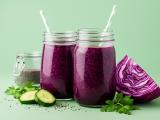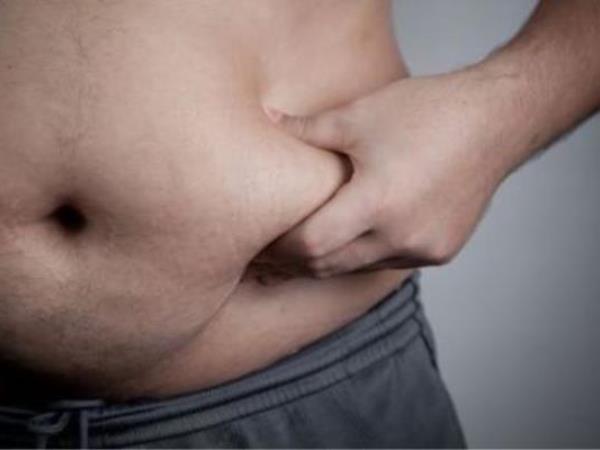The fact is that the normal volume of the stomach is only 75 ml. When we eat, due to its elasticity, its volume can increase to 1000 ml. However, if you overeat, the volume can expand to 2000 ml. The stomach is a muscular sac that cannot infinitely expand, but in thin people, this elasticity factor is much smaller. So, how to manage the expansion of the stomach.
Every person has a limit to which the stomach expands, and then the muscles signal to the brain that you have eaten too much. This signal can take up to 20 minutes or more to reach the brain, during which time you can consume many more calories than your body needs. The result of this is unnecessary fat deposits.
What to do?
More and more nutritionists talk about voluminous food, which livestock breeders are very familiar with. Winter feed for cattle, for example, has a significantly higher level of voluminosity compared to summer feed. In summer, cattle move more and therefore burn more calories. In winter, every calorie is surplus, but animals keep eating until they feel satiated.
Many nutritionists suggest that food labels should include information on voluminosity. Foods with a high level of voluminosity include foods that contain a lot of water, foods that occupy a lot of space and have low calories, and foods that are rich in fiber.
To better understand voluminosity: chips are considered food with a voluminosity factor of 0.1, which means that it practically does not create a feeling of fullness in the stomach but contains a lot of calories.
Foods with a high voluminosity index include fruits, vegetables (especially dark green and red, even purple), soups, and especially stews. Additionally, it is important to eat slowly, have at least 5 meals a day, chew each bite well, and it also helps to drink a glass of water before a meal.
Datum: 11. FEB 25 - GOOD TO KNOW
How to reduce stomach elasticity?
Did you know that the size of the stomach in thin and obese individuals is the same, the difference lies only in elasticity. How to manage this then?
(FW)
 Would you like to be informed about news on the website?
Would you like to be informed about news on the website?
Just enter your e-mail
Reduce stomach elasticity
Stomach volume management
Voluminous food for weight management
High voluminosity foods
Reduce calorie intake
|
Copyright (c) Foodwhisper.com March 2018 |
π | Contact: info@foodwhisper.com |
About us | Facebook |  |









